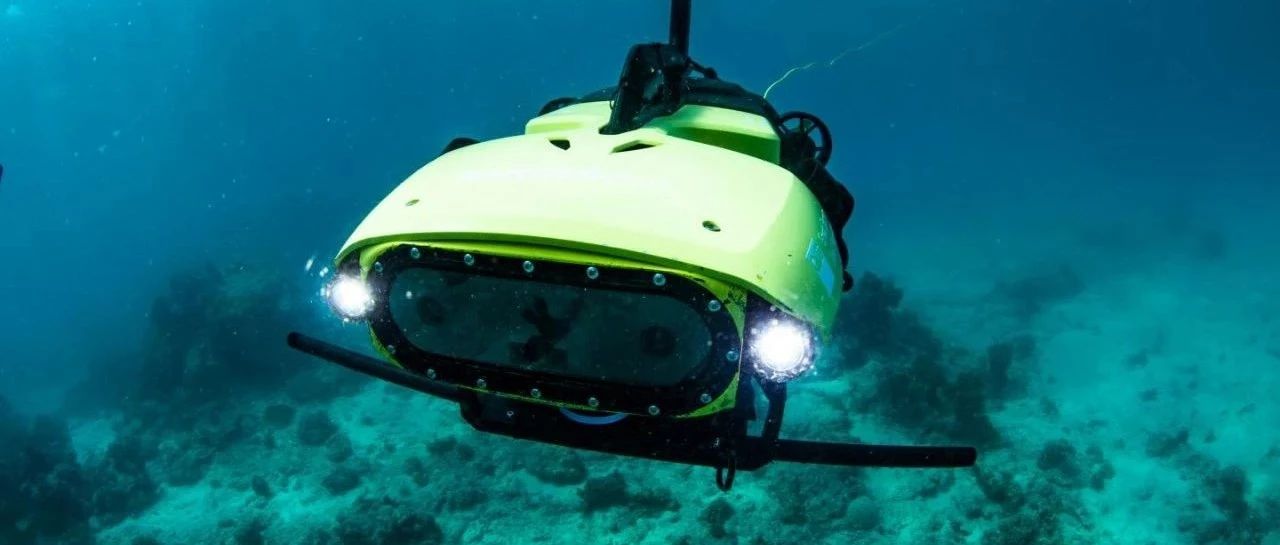
I hope to win more time for the coral.
the Great Barrier Reef ushered in a tranquil scene in late spring every year.
under the regulation of moon phase, sea temperature and other factors, many corals release their gametes (sperm and eggs) almost synchronously, forming a quiet and spectacular "sea snow". These "snowflakes" containing germ cells float to the sea surface, fertilize and develop into coral larvae. After a few days to weeks, these floating larvae settle on the seabed and gradually grow into new coral colonies.
(photo source: theconversation.com)
at the same time, scientists are also taking action. The spectacular spawning period is a good time to collect samples for coral research, and this time, the researchers also have an important task: testing an underwater "seeding robot." The robot, called LarvalBot, dives underwater with coral larvae to find the coral reefs that are most in need of repair and gently spread the larvae there.
(video source: TheQUTube)
as climate change intensifies, many species are facing an existential crisis, and corals are probably among the worst-off groups. Coral reefs are very sensitive to sea temperature, and excessive temperatures have frequently led to large-scale coral bleaching in recent years, causing damage that has far exceeded the speed of ecosystem restoration.
in order to protect corals, climate control is not enough. We also need faster and more direct measures. As a result, scientists have studied the method of "assisted reproduction" for corals. They first collected a large number of coral eggs and kept them in a floating enclosure surrounded by fine nets. Wait for the coral polyp larvae to grow to 5-7 days old, and then use robots to assist in "sowing". This should allow the sites most in need of repair to come into contact with a higher density of coral larvae, so the larvae have a better chance of settling down and growing into a new coral community. Moreover, these larvae are descended from corals that survived several albino events, so they should also be relatively more heat-resistant.
the predecessor of the LarvalBot robot is called RangerBot, which is also called the Coral Swiss Army knife (Swiss army knife for the Reef) by the researchers. It is as versatile as a Swiss Army knife, not only monitoring water quality and coral bleaching, but also hunting Acanthaster planci, which destroys coral reefs. Of course, starfish hunters have now changed their careers to send their sons to Guanyin, all in order to maintain the health of coral reefs.
(professor Matthew Dunbarding (Matthew Dunbabin) of Queensland University of Science and Technology and RangerBot robot. Photo Source: Great Barrier Reef Foundation)
at the end of 2018, researchers have completed the first round of coral "sowing" tests, and they will closely monitor the movements of these polyps in the coming months. In 2019, the research team will continue to improve the technology to prepare for larger-scale "sowing".
this seeder does not solve all the problems, but it is hoped that it will win enough time for coral reefs to adapt to the environment.
Resources:
https://www.eurekalert.org/pub_releases/2018-12/quot-rmw121218.php
To bring out the best in your unique feminist nature, informal plus size wedding dresses is exactly what it will take. Click and choose your dreaming and favorite garments.
https://www.qut.edu.au/news?id=137688